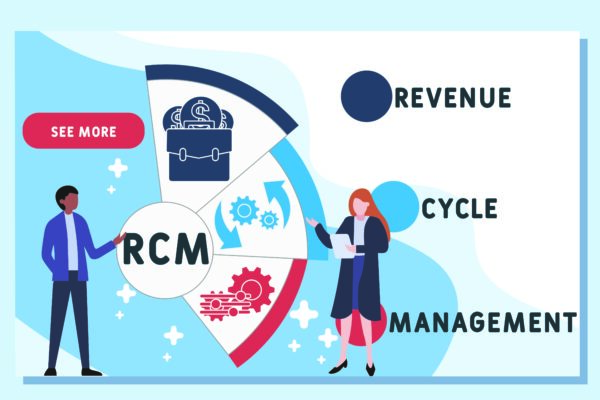As the population ages, more patients will require medications. Many will require high-cost specialty medications. U.S. statistics project that the population of people 65 years and older is estimated to increase by 42% between 2019 and 2034[1]. A significant percentage of Medicare beneficiaries live with at least one chronic condition, while 66% live with two or more chronic conditions[2]. Currently, 27% of Medicare beneficiaries are diagnosed with diabetes and approximately 20% with depression.
Behavioral Health medication costs for major depressive disorders (MDD) costs about $99 billion annually effecting 6.8% of the US population [3].
According to a recent post by First Databank, 40% of drug spending between 2015 and 2021 was for specialty medications. FDB also stated, “The estimated annual cost of prescription drug-related morbidity and mortality resulting from nonoptimized medication therapy – including nonadherence — was $528.4 billion, equivalent to 16% of total U.S. healthcare expenditures in 2016.”
Adverse Drug Events
The impact of patients having an adverse reaction to medication impact not only the patient but the health systems, especially those with at-risk arrangements, [RM1] who are charged with managing their care as well as having a tremendous impact on clinical trial performance. Adverse Drug Events (ADE) cost a health system and additional $8,000 and $25,000 per patient[4]. According to American Pharmacists Association, approximately 1.5 million preventable ADE occur each year resulting in $177 billion in injury and death! ADE’s lead to increased mortality, hospitalization days, emergency room visits, and overall cost of care. A recent Health Innovation study stated preventable medication errors are responsible for 3.8 million inpatient admissions at a cost of approximately $16.4 billion annually and 3.3 million outpatient visits at a cost of $4.2 billion annually.
Polypharmacy, taking more medication than is clinically necessary typically more than 5 medications, is one of the primary risk factors for ADE’s occurring. Focusing on patients with comorbidities also brings a focus on patients taking more than one medication. Approximately one-third of the US population are taking more than five medications!
To help reduce cost and improve adherence, greater emphasis needs to be place on aiding prescribers. Physicians need improved communication with pharmacists and patients need to have quick access to educational information about the options and impact of prescriptions. In a world where data analytics and artificial intelligence help in everything from diagnostic test interpretation to genetic risk assessments, a simple solution should not be far behind.
[1] https://www.aamc.org/media/54681/download
[2] https://www2.ccwdata.org/documents/10280/19099065/b2-prevalence-current-year.jpg
[3] Greenberg PE, Fournier AA, Sisitsky T, et al. The economic burden of adults with major depressive disorder in the
United States (2005 and 2010). J Clin Psychiatry.2015; 76:155–162.
[4] David C. Classen, MD, MS; Stanley L. Pestotnik, MS, RPh; R. Scott Evans, PhD; et al –
Adverse Drug Events in Hospitalized Patients Excess Length of Stay, Extra Costs, and Attributable Mortality
https://jamanetwork.com/journals/jama/article-abstract/413536


